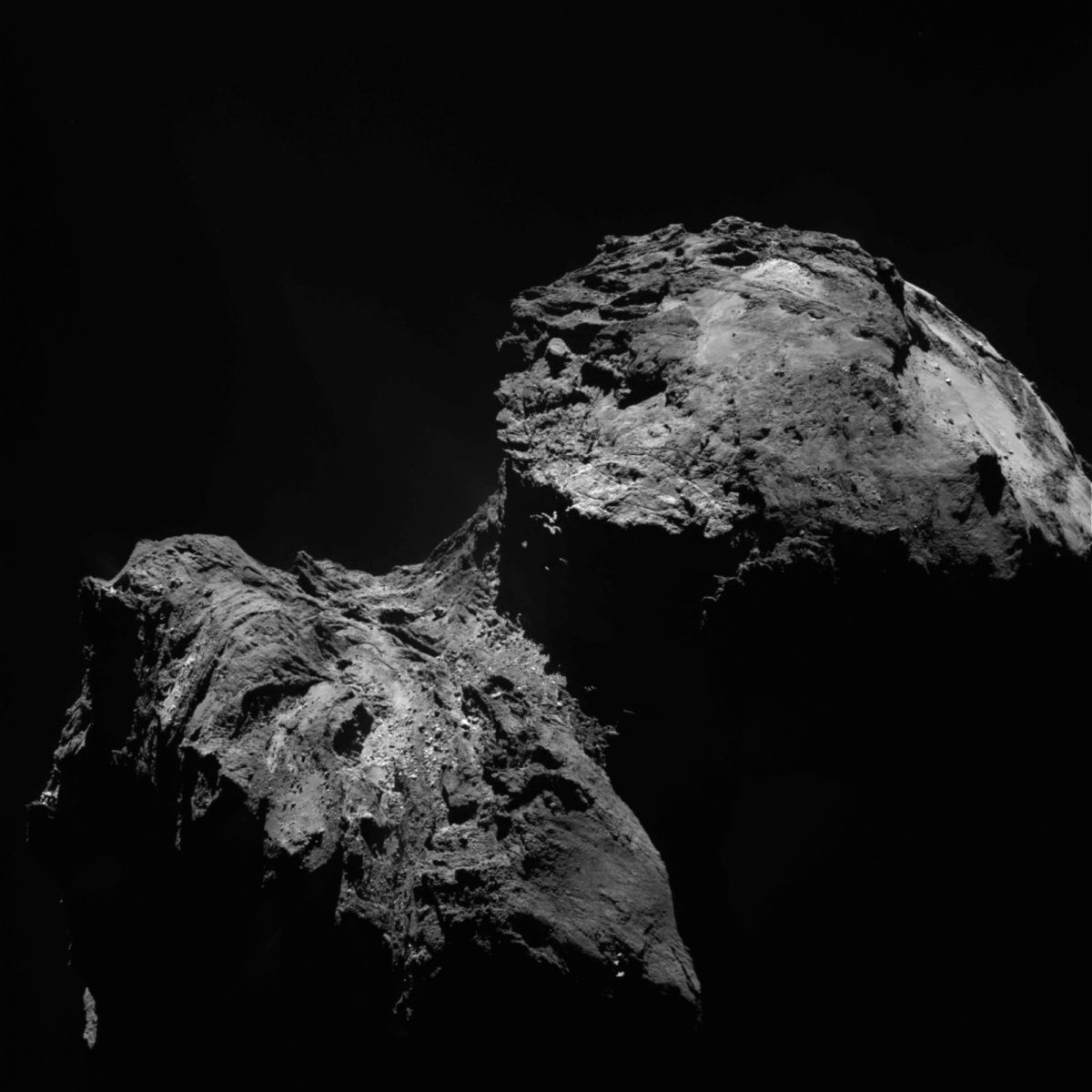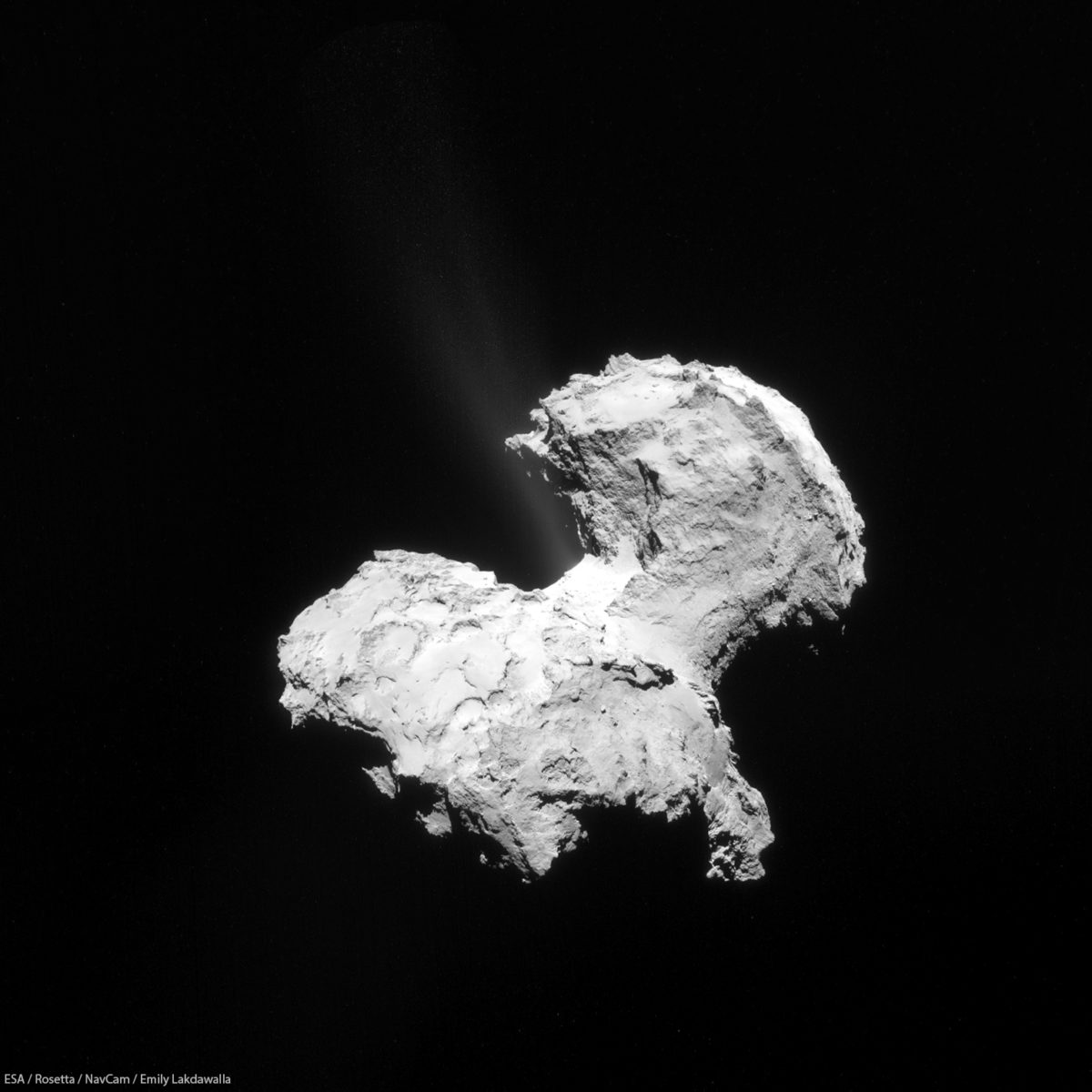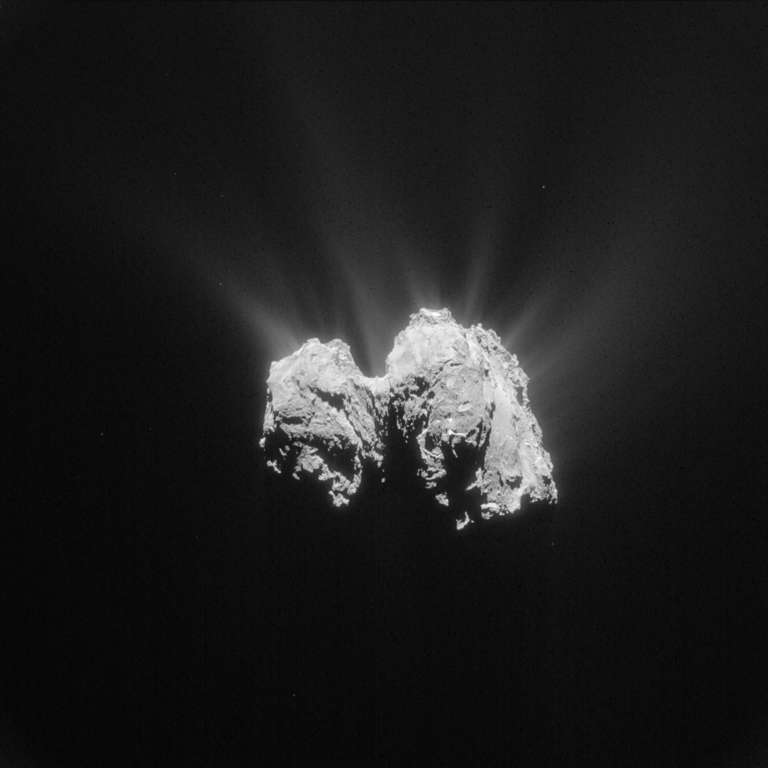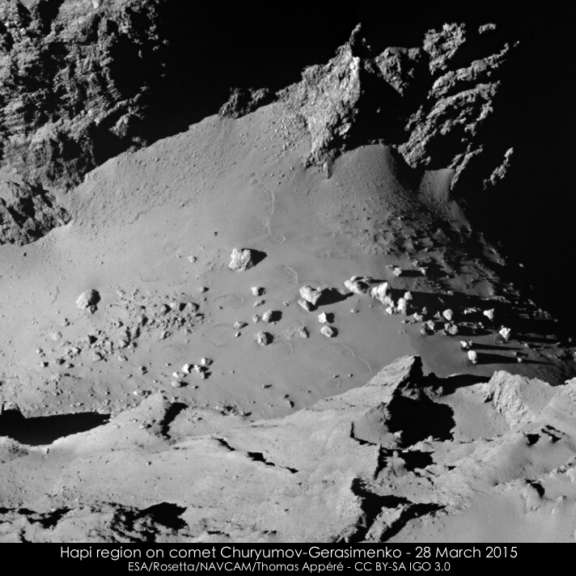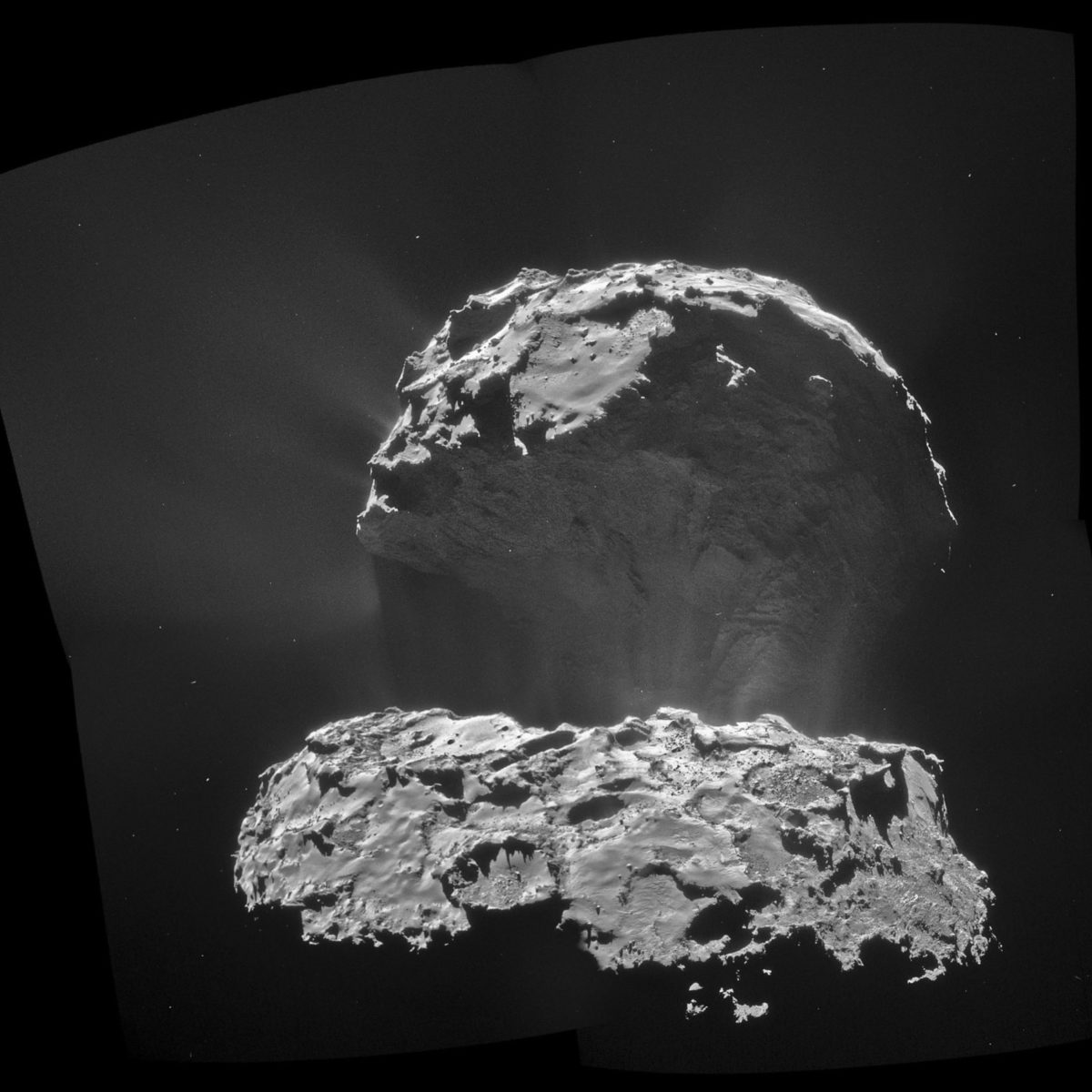All
All
Stories, updates, insights, and original analysis from The Planetary Society.
A Rosetta OSIRIS picture of comet 67P that's only hours old
ESA announced today a new website at which the OSIRIS team will now be releasing images on a regular basis -- at least one per week -- and they will be recent. Even better news, all OSIRIS data taken through September 16, 2014 has been handed to ESA and its release is expected next week.
DPS 2015: Solar System Formation
At the 47th Division of Planetary Systems meeting, many presentations touched on some of the most contentious and poorly known aspects of how planets form.
DPS 2015: A little science from Rosetta, beyond perihelion
Updated numbers for physical properties of the comet, and a few interesting images of surface features and surface changes on Churyumov-Gerasimenko.
ESA mission updates
There have been several important pieces of news about European missions in the last month: Rosetta's fate has been determined; ExoMars Trace Gas Orbiter's launch is slightly delayed; and they have selected a landing site for the ExoMars rover.
Checking in on Uranus and Neptune, September 2015 edition
There are no spacecraft at Uranus or Neptune, and there haven't been for 30 and 25 years, respectively. So we depend on Earth-based astronomers to monitor them, including Damian Peach.
Searching for the Origins of Earth’s Water
Three recently proposed low-cost space missions all aim to answer the same question: Where did Earth's abundant water come from?
How the duck got its neck: Rapid temperature changes from self-shadowing may explain 67P's unusual activity and shape
When Rosetta approached comet Churyumov-Gerasimenko last summer, both its shape and its activity were surprising. It looked like two comets welded together at a skinny neck. A new paper explains how the neck may be steepening itself.
Aluminum Shapemodel of Comet 67P
Mattias Malmer describes his MacGyver-esque process in creating a homemade aluminum version of 67P/Churyumov–Gerasimenko.
ESA's cool new interactive comet visualization tool based on amateur imaging work with open data
A terrific new visualization tool for comet 67/P Churyumov-Gerasimenko demonstrates the value of sharing mission image data with the public. The browser-based tool lets you spin a simulated 3D view of the comet. It began with a 3D model of the comet created not by ESA, but by a space enthusiast, Mattias Malmer.
New Robotic Spacecraft Posters
Another round of posters to celebrate historic planetary missions.
Proposals to Explore the Solar System’s Smallest Worlds
Van Kane rounds up some of the latest NASA Discovery mission proposals aiming to explore our solar system's smallest bodies.
More than 2000 Rosetta NavCam images for your enjoyment
Last week, the European Space Agency released the first set of images from Rosetta's navigational camera, or NavCam, from the phase of the mission that followed the Philae landing. That makes more than 3500 NavCam images that have been released from the comet phase of the mission.
Philae is awake! What's next for the comet lander's scientific mission?
I woke up early Sunday morning to the dramatic news: Philae is back! With a few days to consider the telemetry, the Philae team is now talking about the science they hope to do. With comet Churyumov-Gerasimenko approaching perihelion in August, it's going to be an exciting ride.
Unseen latitudes of comet Churyumov-Gerasimenko -- revealed!
A recent Rosetta image has revealed a good part of the comet's previously hidden southern terrain to the public for the first time.
More than 1000 Rosetta NavCam images released!
Today the European Space Agency released a ton of NavCam images, taken as the spacecraft approached and then entered orbit at the comet.
Rosetta update: Two close flybys of an increasingly active comet
In the two months since I last checked up on the Rosetta mission, the comet has heated up, displaying more and more jet activity. Rosetta completed very close flybys on February 14 and March 28, taking amazing photos. But comet dust is making navigation difficult, so the mission is now keeping a respectful distance from the comet and replanning its future path.
LPSC 2015: Philae at comet Churyumov-Gerasimenko
In my first post from the 2015 Lunar and Planetary Science Conference, I discuss the latest work on Philae images, and some cometary polymers.
Adding Churyumov-Gerasimenko to my scale comparison of comets and asteroids
Having found a color photo of the comet, I finally added Churyumov-Gerasimenko to my scale comparison of comets and asteroids visited by spacecraft.
An active comet, from a distance
Rosetta has closed to within 50 kilometers of Churyumov-Gerasimenko, on its way to a very close, 6-kilometer flyby of the comet tomorrow. To prepare for the flyby, Rosetta traveled much farther away, allowing it to snap these amazing photos of an increasingly active comet from a great distance.
Rosetta shifts from sedate circular orbits to swooping flybys
For the period of time before and after the Philae landing, Rosetta was able to orbit the comet close enough that it was in gravitationally bound orbits, circling the comet's center of gravity. As the comet's activity increases, the spacecraft has to spend most of its time farther away, performing occasional close flybys. The first of these is at 6 kilometers, on February 14.


 Explore Worlds
Explore Worlds Find Life
Find Life Defend Earth
Defend Earth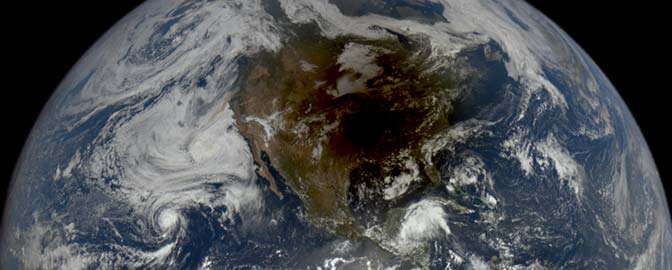


 Sun
Sun Mercury
Mercury Venus
Venus Earth
Earth Mars
Mars Jupiter
Jupiter Saturn
Saturn Uranus
Uranus Neptune
Neptune Small Bodies
Small Bodies